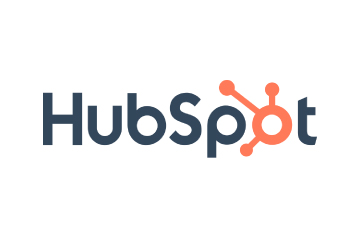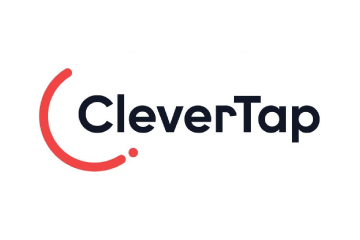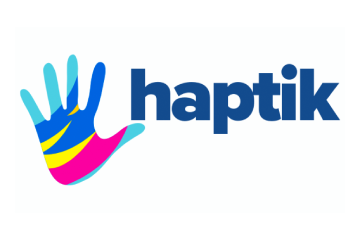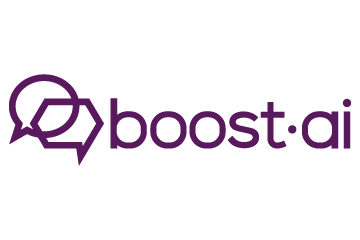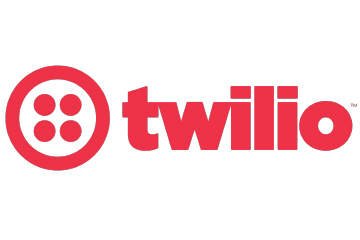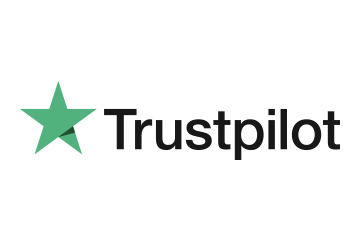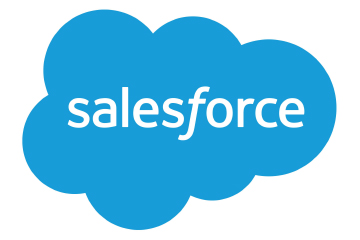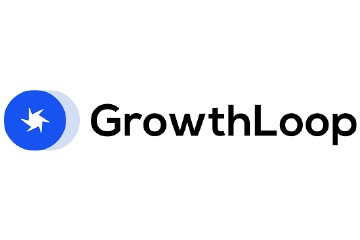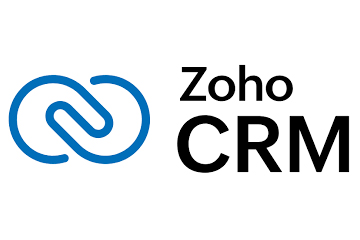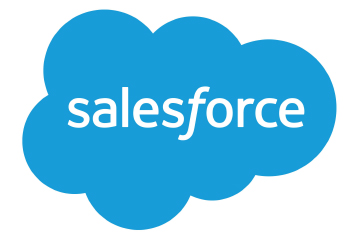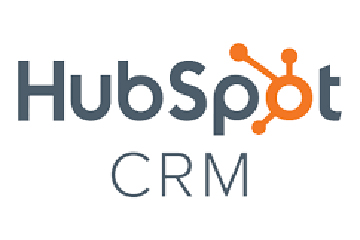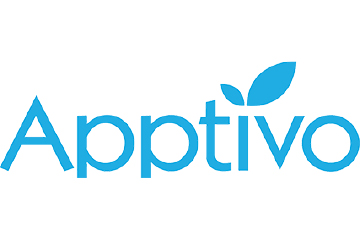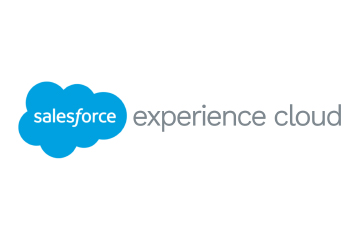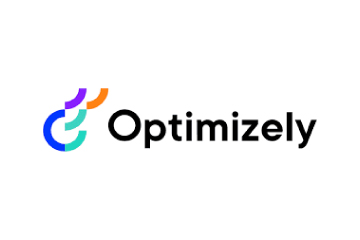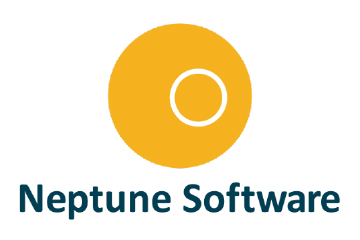Orange Telecom. A recognised industry leader, Yara is known for transforming data into compelling brand growth and championing women in tech.
For Yara, customer obsession is not a marketing aspiration. It is a discipline grounded in cultural fluency, unfiltered feedback, and the courage to act on what the data reveals, not just what the brand hopes to hear. Her lessons are clear: context is more powerful than product features, trust is more valuable than aggressive targeting, and the quiet signals matter just as much, often more, than the loudest noise.
From navigating MENA’s fragmented platforms and shifting privacy laws to ensuring real-time sentiment drives storytelling, her perspective is a wake-up call for marketers tempted to settle for shallow metrics and automated relevance.
Here is the full conversation with Yara, unedited — a guide to what it really means to build campaigns that don’t just reach customers, but truly respect them.
Can a marketer be truly customer-obsessed without owning the CX data stack?
Absolutely not. You cannot claim to be customer-obsessed if you’re flying blind when it comes to CX data.
In MENA, especially where customer behaviour is deeply influenced by cultural nuance, linguistic diversity, and platform fragmentation, access to the full CX data stack isn’t just a nice-to-have. Marketers here are not competing on product features or price; we’re competing on trust, context, and immediacy, and to earn that trust, you need to understand your customers far beyond demographics or vanity metrics, You need unfiltered, real-time, multilingual feedback across every touchpoint, every platform, and in every market.
Without direct access to CX data, from sentiment analysis and social listening to support conversations and NPS feedback, marketers are essentially guessing. Worse, they’re outsourcing the most valuable source of strategic insight to other functions.
What I advocate for, and what we’ve built at Lucidya, is a marketing function that’s inseparable from the customer intelligence engine – We don’t just “consult” the data; we live in it. That’s how you build campaigns that resonate in Saudi Arabia but also feel relevant in Egypt. That’s how you personalise onboarding flows in a way that feels human, not automated. And that’s how you become truly customer-obsessed, not in theory, but in execution.
So no, if you don’t own the CX data stack, you’re not customer-obsessed, you’re brand-obsessed or product-obsessed, both of which are different, and both of which risk missing the mark.
How do you use real-time CX analytics to influence your brand storytelling or content direction?
In MENA, where audience sentiment is fluid and context is everything, storytelling that isn’t grounded in real-time data quickly becomes tone deaf. We rely on CX analytics across Arabic dialects, customer touchpoints, and cultural moments to guide not only what we say, but how and when we say it.
One example that stands out is from our work in the travel sector during Ramadan. As Eid approached, our CX analytics flagged a rising wave of frustration, people were talking about visa delays, inconsistent airline communication, and airport congestion. But the emotional tone wasn’t just “inconvenienced”; it was anxious, overwhelmed, and in some cases, deeply disappointed. That insight led us to pivot fast; Instead of running destination-led content or lifestyle-driven visuals, we reframed our storytelling around ease, clarity, and support; themes that directly addressed what travellers were feeling in that moment. We highlighted proactive communication, flexible rebooking options, and tips for navigating travel during peak demand. The goal was to show that the brand wasn’t just selling travel, it was standing with the traveller.
That pivot drove sharper engagement, but more importantly, it built trust. Because in this region, during Ramadan especially, empathy and timing matter more than polish. Real-time CX analytics gave us the emotional truth behind the numbers, and that truth became our most effective content brief.
Where do you draw the line between deep personalisation and data overreach especially in marketing automation?
For me, the line is simple: If personalisation feels helpful, it’s working. If it feels invasive, it’s already broken trust!
In marketing automation, we don’t draw the line based on how much data we have, we draw it based on what the customer expects us to do with it – That’s a fundamental shift in mindset. Just because a user clicked on a product three times or lingered on a pricing page doesn’t mean they want an aggressive retargeting campaign or a hyper-personalised email that reads like surveillance.
In the GCC specifically, we operate in a region where privacy expectations are rising fast. Saudi Arabia’s PDPL and the UAE’s data laws are reshaping how we collect, store, and activate customer data. But beyond legal compliance, there’s a cultural expectation around discretion and respect; Personalisation that crosses into assumption, especially around lifestyle, spending, or identity, can backfire hard.
Ultimately, deep personalisation should feel like a concierge, not a stalker. And in MENA, where digital trust is still being actively earned, respectful relevance always beats intrusive precision.
How do you ensure your campaigns are fueled by the voice of all customers and not just the loudest segments?
We ensure our campaigns reflect all customers by committing to one principle: listening at scale. That means going beyond surveys or social noise to capture real-time sentiment across every touchpoint; chat, social…etc. Especially in Arabic, and across dialects. It’s how we avoid bias toward the loudest segments and instead uncover the real, often quiet, signals that drive trust and intent. From travel disruptions during Eid to friction in financial onboarding, it’s this broad, contextual listening that powers relevant, respectful marketing
What’s your approach to understanding customer emotion at scale beyond sentiment scoring?
Our approach goes beyond just tagging feedback as “positive” or “negative.” , we look at patterns across the customer journey; from support tickets, demo feedback, and onboarding sessions, to social mentions and even silence in usage data. For example, a drop in product engagement post-onboarding often signals confusion or unmet expectations, even if no one is saying anything out loud.
We also pay close attention to account-level emotion, not just individual comments. In B2B, buying decisions involve multiple stakeholders, so if a power user is happy but the decision-maker is frustrated, that’s a red flag, CX intelligence helps us connect those dots across roles, not just channels.
And honestly, a big part of understanding emotion at scale comes from just closing the feedback loop with sales and customer success. These teams hear the raw emotion daily; what’s holding deals back, what’s bothering customers, what’s resonating. We feed that qualitative insight back into our messaging and content strategy, so our marketing speaks directly to what customers are feeling, not just what they’re clicking.
So while AI helps us spot trends and tone shifts, it’s the combination of human insight, usage behaviour, and CX signals that gives us a true read on emotion, and that’s what keeps our marketing grounded, relevant, and real.















